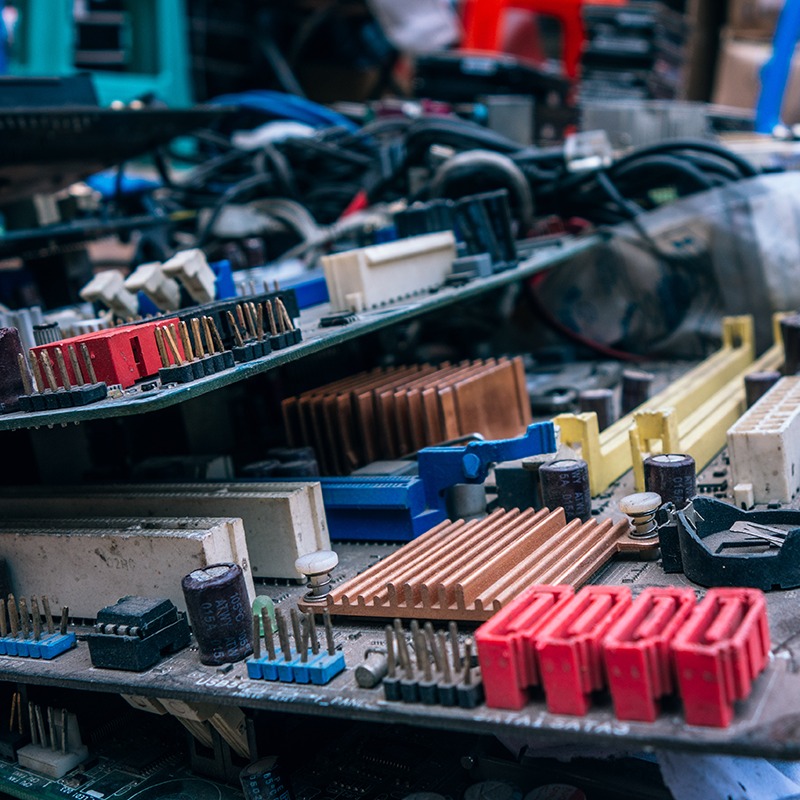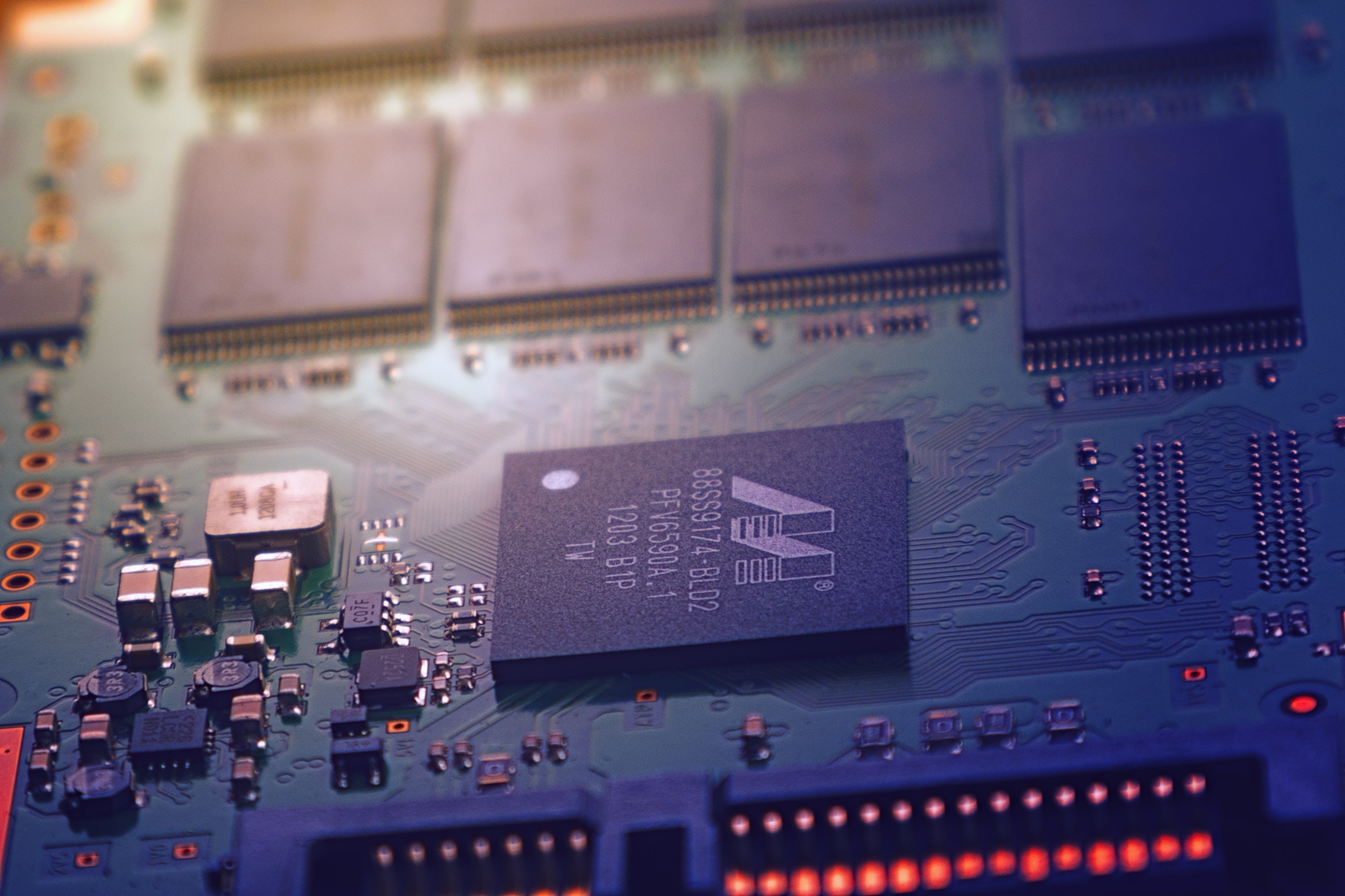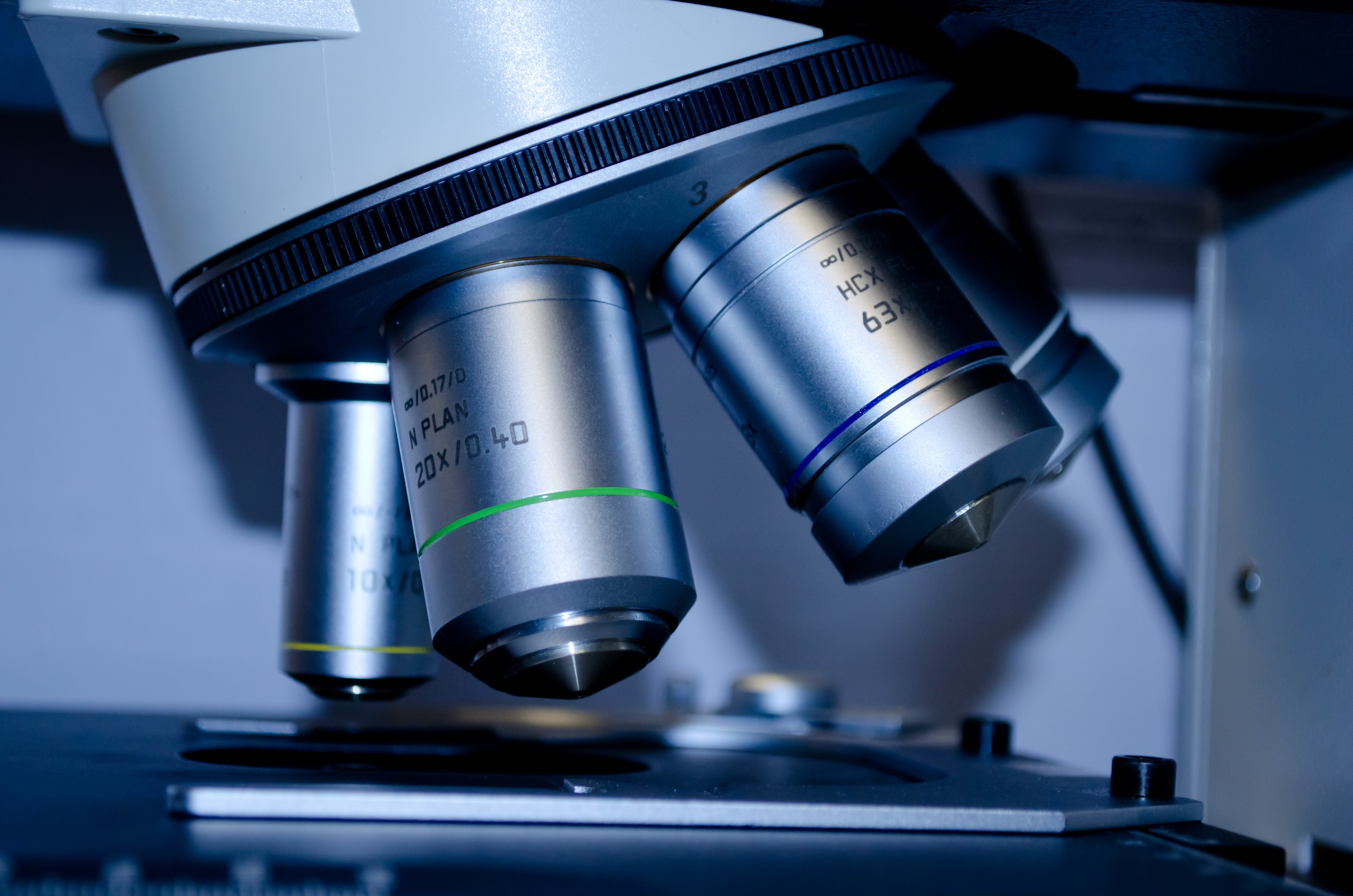 The purchase of electronic parts from part manufacturers and its authorized suppliers is the lowest risk step in parts procurement. However, for various reasons, including part obsolescence, lead time requirements, or unavailability of parts from authorized sources, parts may be purchased from unauthorized sources such as independent distributors and brokers. There is a need for authentication and screening of parts purchased from such sources to verify their authenticity.
The purchase of electronic parts from part manufacturers and its authorized suppliers is the lowest risk step in parts procurement. However, for various reasons, including part obsolescence, lead time requirements, or unavailability of parts from authorized sources, parts may be purchased from unauthorized sources such as independent distributors and brokers. There is a need for authentication and screening of parts purchased from such sources to verify their authenticity.
Overview
Capabilities

The CALCE failure analysis laboratory is equipped with tools including optical microscopy, X-ray microscopy, ESEM/EDS and XRF analyzer, for providing authentication and screening services. Learn more about the Test Services and Failure Analysis (TSFA) Laboratory by following this link.
Non-Destructive Techniques
 Optical Microscopy
Optical Microscopy
Optical microscopy is used to conduct external visual inspection on parts to verify the attributes of parts such as part markings (part number, date code, country of citizen marking), part termination quality, and surface quality.
CALCE has optical inspection tools over a broad range of magnifications, including a a NIKON Stereoscope and ZEISS Axiovert Microscope.
X-Ray Microscopy
X-ray microscopy is used to conduct internal inspection on parts to verify the attributes of parts such as die size, and bond wire alignment. X-ray microscopy is also used to detect anomalies such as missing bond wires, missing die, or presence of contamination.
CALCE houses a state-of-the-art X-ray system capable of performing 2D and Computed Tomography (CT, 3D) inspection, with a maximum resolution of 0.3 mm, magnification of up to 10,000X, and a maximum tube voltage of 160 kV.
Scanning Acoustic Microscopy (SAM)
Scanning acoustic microscopy (SAM) is used to detect anomalies such as popcorn cracking in molding compounds, and interfacial delamination such as delamination between die and leadframe, that are often caused due to reclamation of parts from discarded electronics. In recent years there have been many incidents of counterfeit parts that were found to be reclaimed parts.
CALCE uses a SONIX Scanning Acoustic Microscope to conduct acoustic microscopy.
X-ray Fluorescence Spectroscopy (XRF)
The X-ray fluorescence spectroscopy is used to detect poor quality or counterfeit parts by measuring the elemental composition of materials present in the parts and comparing them with an authentic part. XRF can be a useful tool to detect counterfeit passives.
CALCE conducted an analysis on customer returned Multi Layer Ceramic Chip (MLCC) capacitors using X-ray fluorescence spectroscopy. The capacitors were found to be similar to an authentic part except a missing element in the dielectric layer. The missing element was identified as Yitrium, which is a costly element.
Destructive Techniques
Decapsulation
Decapsulation is a technique in which the die of a part is exposed by removing the encapsulant material. For ceramic parts, the same is achieved by removing the lid. Once the die is exposed, the attributes of the die such as die markings (e.g., manufacturer logo, date code), passivation layer quality, and interconnection quality, can be verified. CALCE uses a Nisene decapsulation equipment to expose the silicon die.
Scanning Electron Microscopy (SEM) / Energy Dispersive Spectroscopy (EDS)
Scanning electron microscopy is an inspection technique that is conducted on parts after removing the encapsulants (decapsulation) to verify the elemental composition of a cross-section of the delidded part. For example, SEM microscopy can be used to verify the elemental composition of the metallization layers. SEM microscopy can also be used to verify the elemental composition of the molding compounds or the solder plating composition on the part termination. Chemical analysis in the E-SEM is performed using energy dispersive spectroscopy (EDS).
CALCE houses a state-of-the-art FEI Quanta Environmental Scanning Electron Microscope (ESEM) with advanced Energy Dispersive Spectroscopy (EDS), Digital Imaging, and in-situ Heating/Cooling capabilities.
Material Characterization Tools
If a non-authentic raw material is used in a part, the traditional methods of visual and destructive examinations will not be able to detect such differences. Analysis of polymeric materials such as the component molding compounds, attach materials, coatings, laminate or substrate materials need to be evaluated in comparison with the authentic parts to detect counterfeit parts. CALCE’s abilities in material characterization include differential scanning calorimetry (DSC), thermo-mechanical analyzer (TMA), thermo gravimetric analyzer (TGA), dynamic mechanical analyzer (DMA), hardness testers, Fourier transform infrared spectroscopy (FTIR), laser flash. These tools can be used on the parts and their constituent materials to measure the material properties such as glass transition temperature, coefficients of thermal expansion, thermal conductivity, specific heat, decomposition temperature and degree of cure.
Contact
|
Dr. Diganta Das |
Dr. Michael Azarian
|
Top

